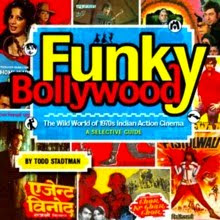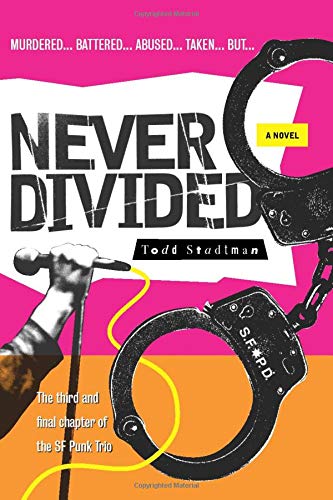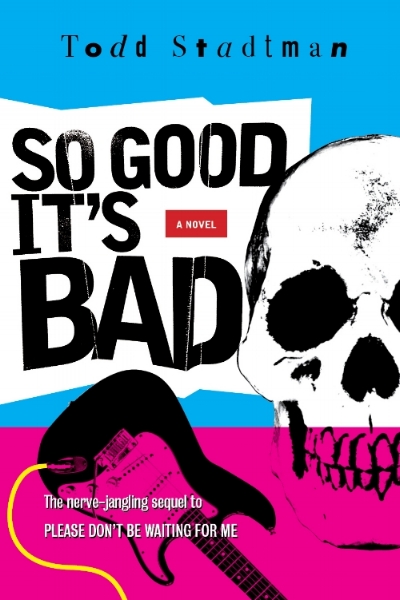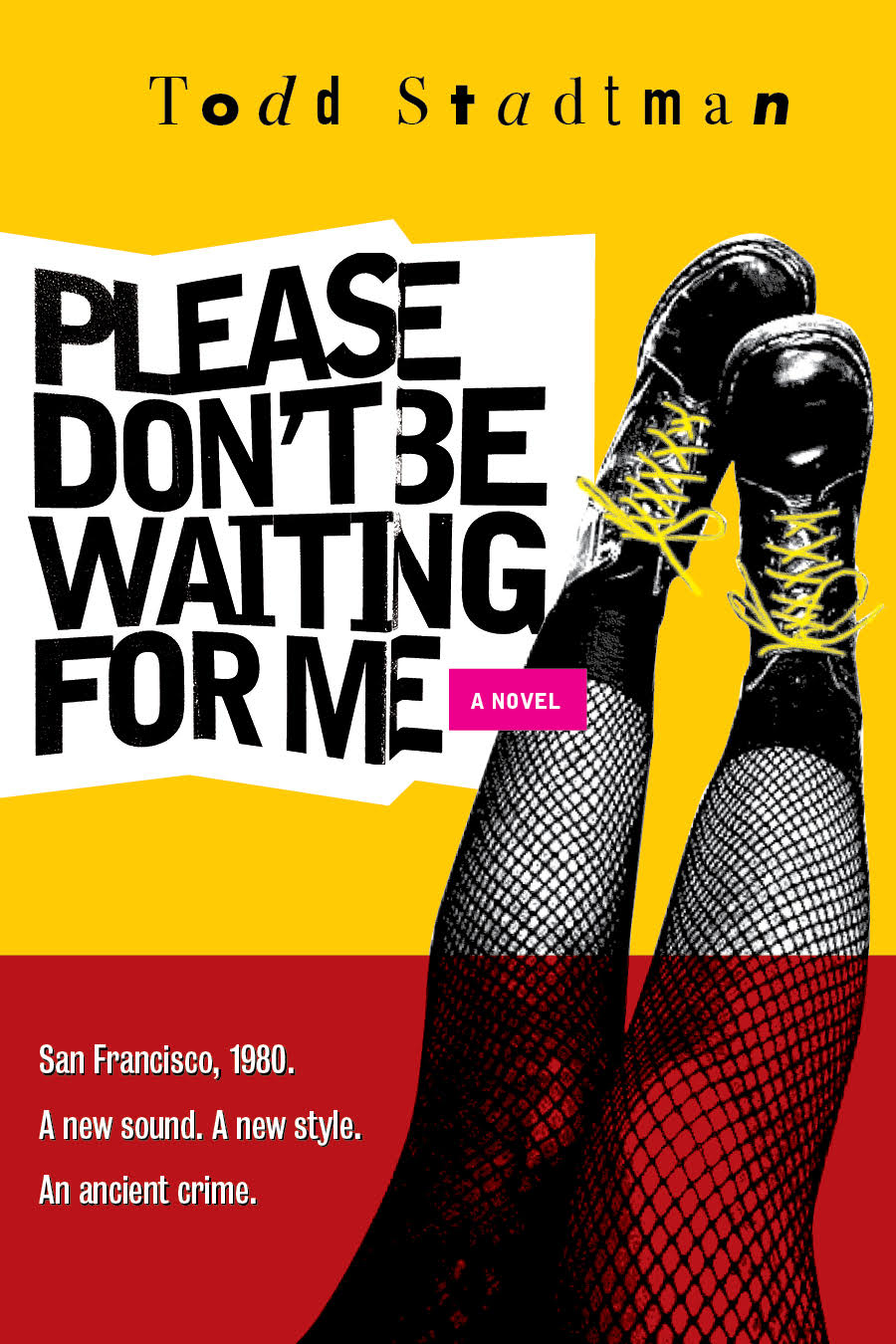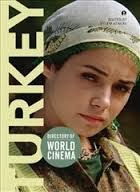Rani Aur Lalpari might seem like your friend, because it offers you the opportunity to see some of Bollywood's biggest stars of the 70s in a context that you probably never could have imagined you would. But, kids, make no mistake about it:
Rani Aur Lalpari hates you.
What the film will eventually give us -- among many, many other things -- is a series of fantasy sequences featuring cameo appearances by those stars, but, first, director Ravikant Nagaich must establish a framing narrative drenched in misery. Of course, the theme of fantasy as an escape from life's cruelties is an inexhaustibly resonant and evergreen one. But what if we, the audience, experience those fantasies, as presented, as cruelties in themselves? Where do we go to escape from
Rani Aur Lalpari? (And if you're a Bollywood novice who's surprised to learn that Hindi popular movies are about anything other than singing, dancing and joy, consider that one of the industry's most frequently revisited tales concerns a guy drinking himself to death.)
The film's title character, Rani, is one of those little girls who has developed a rich imaginary life as a buffer against everyday hardship. We see this demonstrated in an early song number in which the penniless and hungry kid fantasizes herself into what looks like one of those old drive-in theater "head to the snack bar" promos, in which she frolics through a landscape made up of garish, over-abundant displays of name brand candies. Looks like the Chiclet tree is in full bloom!
It seems that Rani's dad has been forced by circumstances to seek employment in another country, leaving Rani, her mom (Asha Parekh!), and Rani's pet rabbit Moti to seek shelter with relatives. These relatives turn out to be cruel, glutinous oafs, who, during the days when Rani's mom is off slaving away at her thankless seamstress job, heartlessly mistreat Rani and force her to act as their personal slave. Needless to say, there is a lot of crying.
Even Moti the rabbit cries.
BTW, don't get too used to Moti. He will die. Then again, this is a kid's movie, so how bad could it be?
Oh.
Finally Rani befriends a little boy in a neighboring apartment block who regales her with tales of fantasy and wonder. This provides the opportunity for a couple of extended song sequences in which those tales are acted out by the stars of the day. The first is Cinderella, featuring Neetu Singh as Cinderella, Jeetendra as the Prince, and Reena Roy as the Fairy Godmother, aka the titular Lalpari, which translates as "Red Angel".
The second tale is a very abbreviated version of
Gulliver's Travels starring Feroz Khan. I kept waiting for Feroz to drink a boatload of ale and start smashing Liliputians with his fists, but it never happened. Still, it's an enjoyable bit, loaded with lots of dodgy process shots.
Somewhere in all this there's also a school pageant that I think is meant to be some kind of plea for world peace. The kids dress up as the people of many lands and then reenact warfare, shooting at and stabbing each other as explosions are projected behind them. At the end, the stage is littered with dead kids, and Rani, dressed as Mother India, spins around and cries.
Then Danny Denzongpa gets up on stage and gives a speech before handing Rani a trophy.
Finally the happy day arrives when Rani's dad is scheduled to make his return to India. Rani and her mom excitedly head out to the airport, only to see dad's plane, upon making its approach, plummet to the ground and explode. Rani's mom goes into shock and lapses into a coma, dying soon thereafter.
Little Rani then decides that she must travel to the netherworld to beseech Yamraj, the Hindu god of death, to bring her parents back to life. Calling for her mom, she runs out into the surf and plummets to the bottom of the ocean, where she is soon fleeing for her life from a badly rear-projected giant octopus.
I should point out here that Ravikant Nagaich, who is also credited with special effects on
Rani Aur Lalpari, also directed the psychedelic curry western
Kaala Sona, and that this film sees him give full expression to his obvious love -- only hinted at in that other film -- for creating bizarre fantasy landscapes with copious crude applications of glass mattes and the Schufftan Process. I should also point out that Nagaich later went on to direct both of Mithun's
Gunmaster G-9 films, which really isn't relevant to
Rani Aur Lalpari, but establishes Nagaich's status as a filmmaker of great import.
Anyway, what little Rani endures from this point on -- and what
we endure from this point on -- can only be described as an ordeal. After fleeing the octopus, she comes upon a white robed female figure in a boat, who ferries her along peacefully for a while before disappearing and leaving Rani in the vessel alone, at which point the boat plummets down a crazy
Willie Wonka style vortex. She then encounters a trio of mermaids lead by Padma Khanna, who seems to really not want her to plunge into this fiery red hole that opens up in the ocean floor before her, but she does anyway.
One might think that plunging down this fiery hole would lead Rani to Hell. But, then again, one might be said to be held too heavily under the sway of Christian mythology for thinking so. Then
again, when Rani gets to the bottom of this hole she finds angels, which makes this sequence confusing on an impressive number of levels. These angels lead Rani to a statue of the Fairy Godmother/Lalpari from the Cinderella segment of the movie. This vaguely reassuring turn of events aside,
Rani Aur Lalpari quickly demonstrates that is far from done being one of the most harrowing children's movies you have ever seen, as Rani then takes a candle and walks in circles around the statue until her hands are covered in scalding hot wax.
Finally the statue turns into Reena Roy, who leads Rani to a place where there are a trio of scary talking heads on pedestals.
And then she and Rani run across a rainbow until they are, for some reason, on the Moon.
I have to admit that the events of the movie really began to blur for me at this point. There was a lot of falling through the abyss and crudely painted nightmare landscapes, and then a part where Rani, now wearing Cinderellas sparkled slippers, climbed up a ladder into the stars. I did perk up a bit, though, when Aruna Irani appeared on screen for a sapphic, mind-bendingly sexy dance number that involved her being bathed by handmaidens in a flower shaped bath.
Then Aruna takes Rani to Krishna, after which we get a sequence in which Rani appears to have died in the process of her toils, but is then revived by Krishna at Aruna Irani's tearful insistence. Then a statue cries. And, hey, Jagdeep is down there too!
Rather than proceed with this summary, I'm just going to end this review
Memsaab style, with a series of questions: Will Rani survive her ordeal and make her way to Yamraj? And, if so, will he grant her wish and, in defiance of all that is right and holy, revive her dead parents? And, if so, will they be zombies? Did you make a child watch
Rani Aur Lalpari, or watch it yourself under the influence of psychedelic drugs? And, if so, how sorry are you now?
In the course of typing this, I have continually had to pause to seek confirmation that I did not, in fact, simply dream
Rani Aur Lalpari. Even as a B picture it would have been something of a skull-fuck, but the absurd assemblage of A list talent within it takes it to a whole other hallucinatory level entirely. I mean, you bring in Danny Denzongpa just to hand out a trophy at the end of a freaky, ultra violent grade school pageant? Really? I think it's telling that Moser Baer didn't even bother to subtitle the DVD edition of this film, as if seeking to put another prohibitive layer between it and those uninitiated souls who might be harmed by it. Look, I know you don't want to be told that you can't handle this movie. So I won't. But... oh, no, no, I'll shut up now.














































































